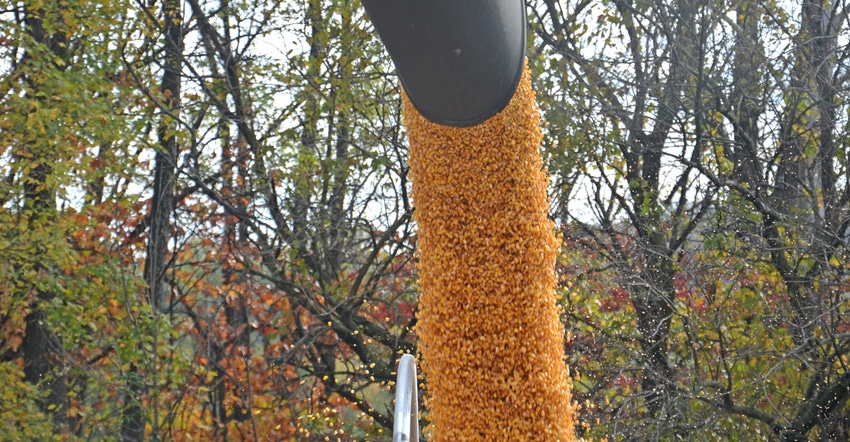
Storing grain short term wasn’t a major issue for everyone this past year. But for some, storing the 2019 corn crop turned out to be a nightmare. Spoilage started earlier than normal. Even by January, some farmers couldn’t get corn out of the bin. Unloaders plugged. Some finally called in experts to help.
“Grain bin entrapment reports came in a couple of months earlier than normal,” says Bill Field, Purdue University Extension farm safety specialist. “Some incidents around the country involved deaths. Our reports indicate that spoiled and/or crusted grain was responsible for many incidents.”
With earlier planting in 2020 versus 2019, corn could be drier this fall. That might set the stage for a better storage season. However, Gary Woodruff, GSI district manager and a grain storage expert, suggests there are lessons to learn from the struggles many faced in 2019.
Woodruff points out key takeaways from the 2019-20 storage season in this interview with Farm Progress:
What lessons did we learn from storing grain in 2019 for 2020 delivery that could prevent problems this fall? In 2019, we saw a lot of grain go into bins at too high of a moisture level for the intended storage time with heavy fines due to the challenging growing season. The biggest lessons learned were that once the bin is full, there is not a lot you can do to improve the grain’s storability. A single coring and removing of fines helps, but it’s not nearly enough for stressed grain. There is nothing that can be done, and grain condition issues are almost inevitable.
How important would aeration controllers be in preventing problems in 2020-21 grain storage — especially if you don’t have them already? Due to the virus pandemic reducing grain usage, there is no doubt there will more grain stored for longer periods than usual for several years. Today’s farms are very busy places without pandemic-associated issues. You can always manually manage grain storage, but the record keeping along with monitoring the weather requires a major investment in time.
If that time isn’t available, a grain aeration controller takes over that aspect of grain management and does it far better than anyone can do manually. GSI offers Bullseye aeration controllers.
How important is overall grain storage management in maintaining grain quality? Management is critical! It starts before you begin harvest with deciding what moisture to store your grain at so it can be sold at its best value throughout the summer. Managing how the bin is filled and how grain temperature is managed throughout the storage period determines whether you spend time trying to get an unloader working or taking a dock at the elevator.
Every farmer puts their heart, soul and a great deal of time into managing what and where to plant; which seed, fertilizer and chemicals to use; and then making sure labor is used efficiently. After all that effort, it would be a shame to cut short the management of one’s grain storage, which determines how much of that grain can be sold in good condition.
About the Author(s)
You May Also Like




